The Independent's journalism is supported by our readers. When you purchase through links on our site, we may earn commission.
Warsaw city guide: Where to eat, drink, shop and stay in Poland's capital
If Barcelona, Paris and Rome aren’t your bowl of borscht, try Poland’s capital on the next city break
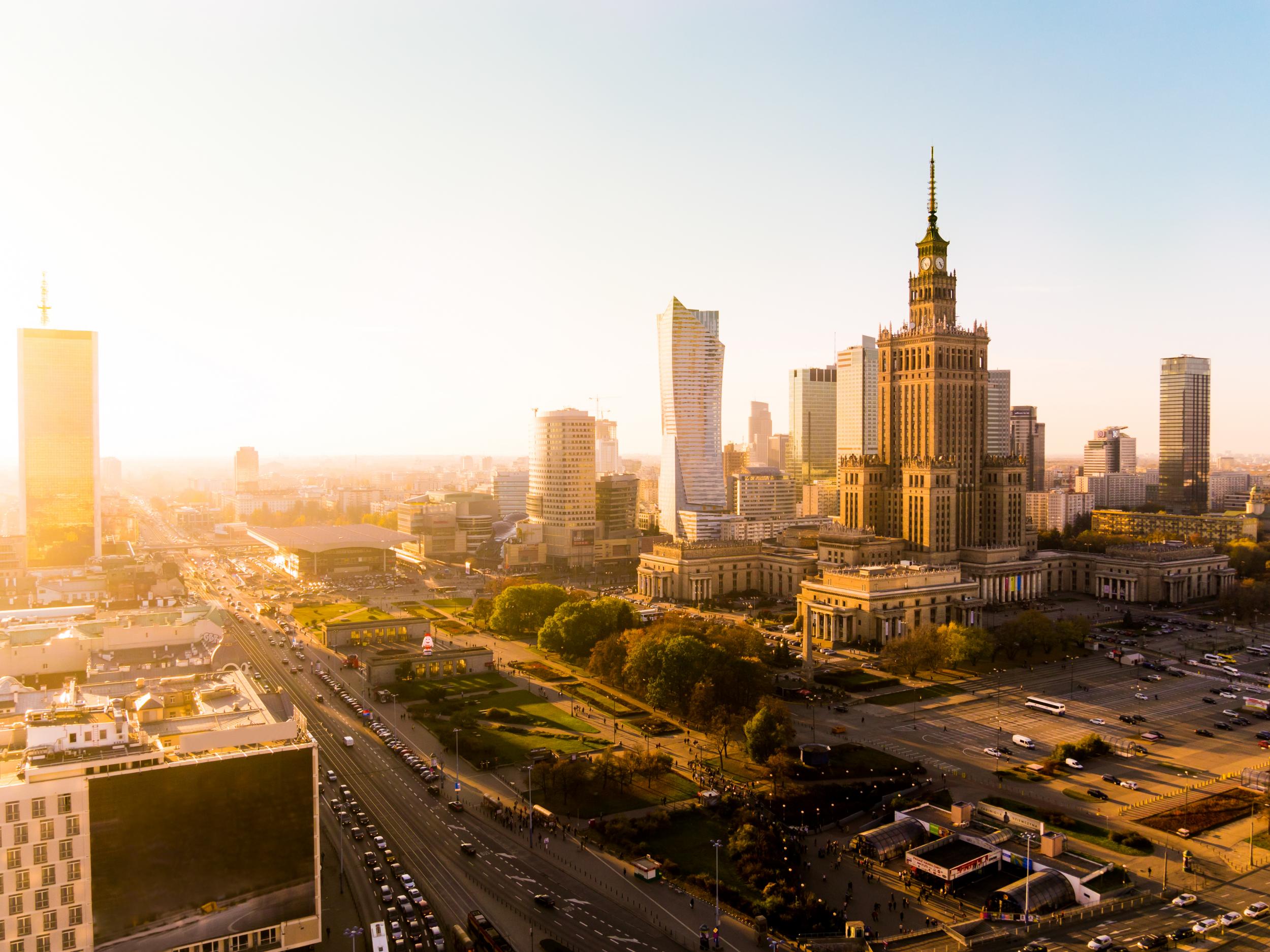
Poland turns 100 later this year – 11 November to be precise. The date, though, is technically a rebirth-day. (In the past the country has been part of both Russia and Austria.)f Despite its status as the capital, Warsaw is often overshadowed by Krakow, although the impending opening of a Raffles hotel has given its popularity a major boost.
What to do in Warsaw
Explore the memorials
Piłsudski Square has some of Warsaw’s grandest memorials, including a statue of Józef Piłsudski, a military leader partly responsible for Poland’s independence. April saw the unveiling of a beautiful staircase-shaped memorial to victims of a Polish Air Force crash in 2010, although the finest memorial is the Tomb of the Unknown Soldier (Grób Nieznanego Żołnierza).
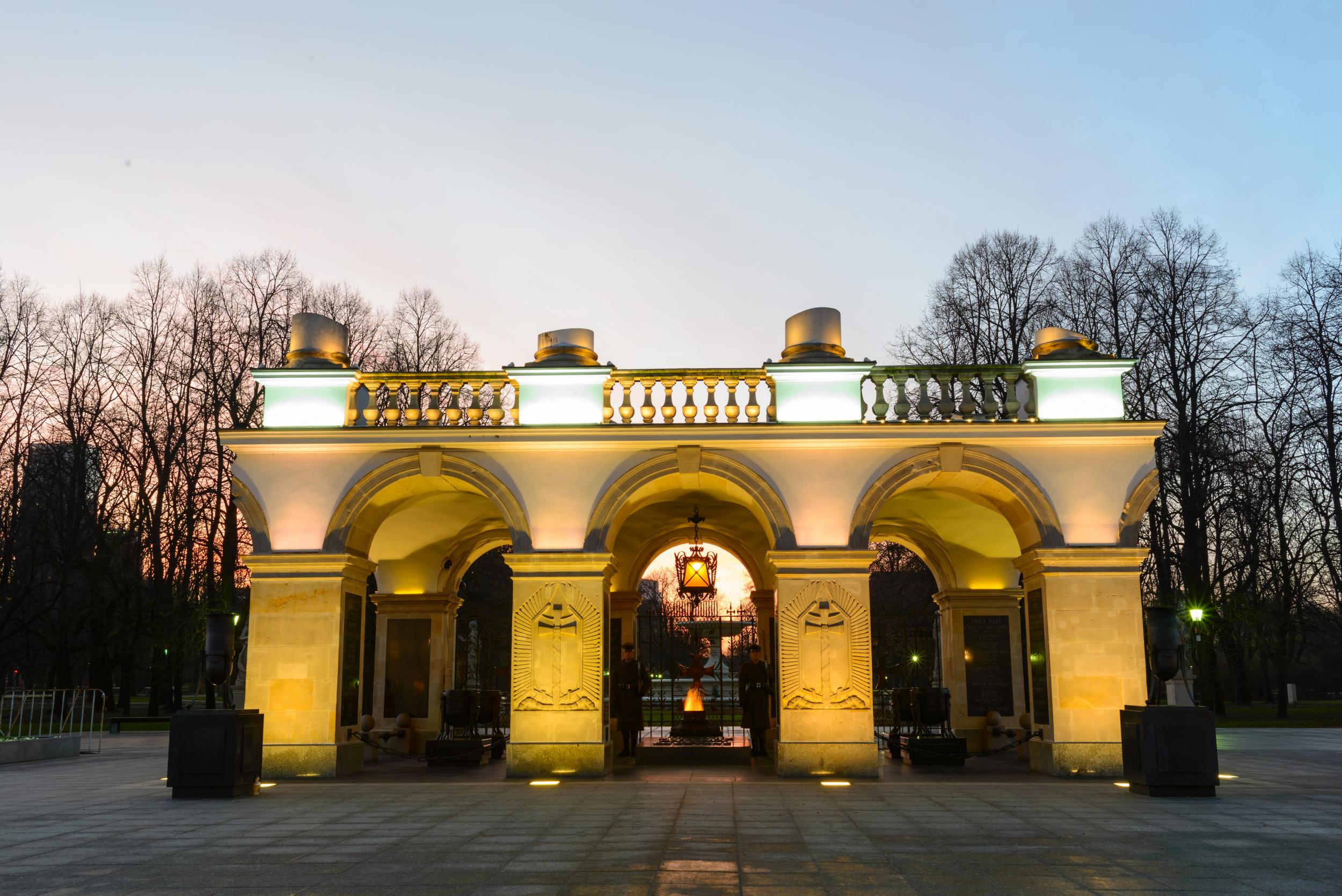
Tour the city in a vintage car
Sign up for a tour with Adventure Warsaw (from £38 per person), and you’ll cruise through the city in a vintage Nysa – the boxy but surprisingly spacious van first produced in Poland in the late 1950s.
Hit the museums
At the Warsaw Rising Museum, a tribute to those who fought for a free Poland, you can trudge through a replica of the sewers which served as escape routes during the Second World War, before listening to survivors’ stories. Closed Tuesdays; entry 25zł (£5).
Visit the Neon Museum in Praga’s Soho Factory to admire the world’s largest collection of cold war-era neon and to learn how these signs were used to breathe new life into the war-ravaged city. Closed Tuesdays and Thursdays; entry 12zł (£2.40).
Wander the old town
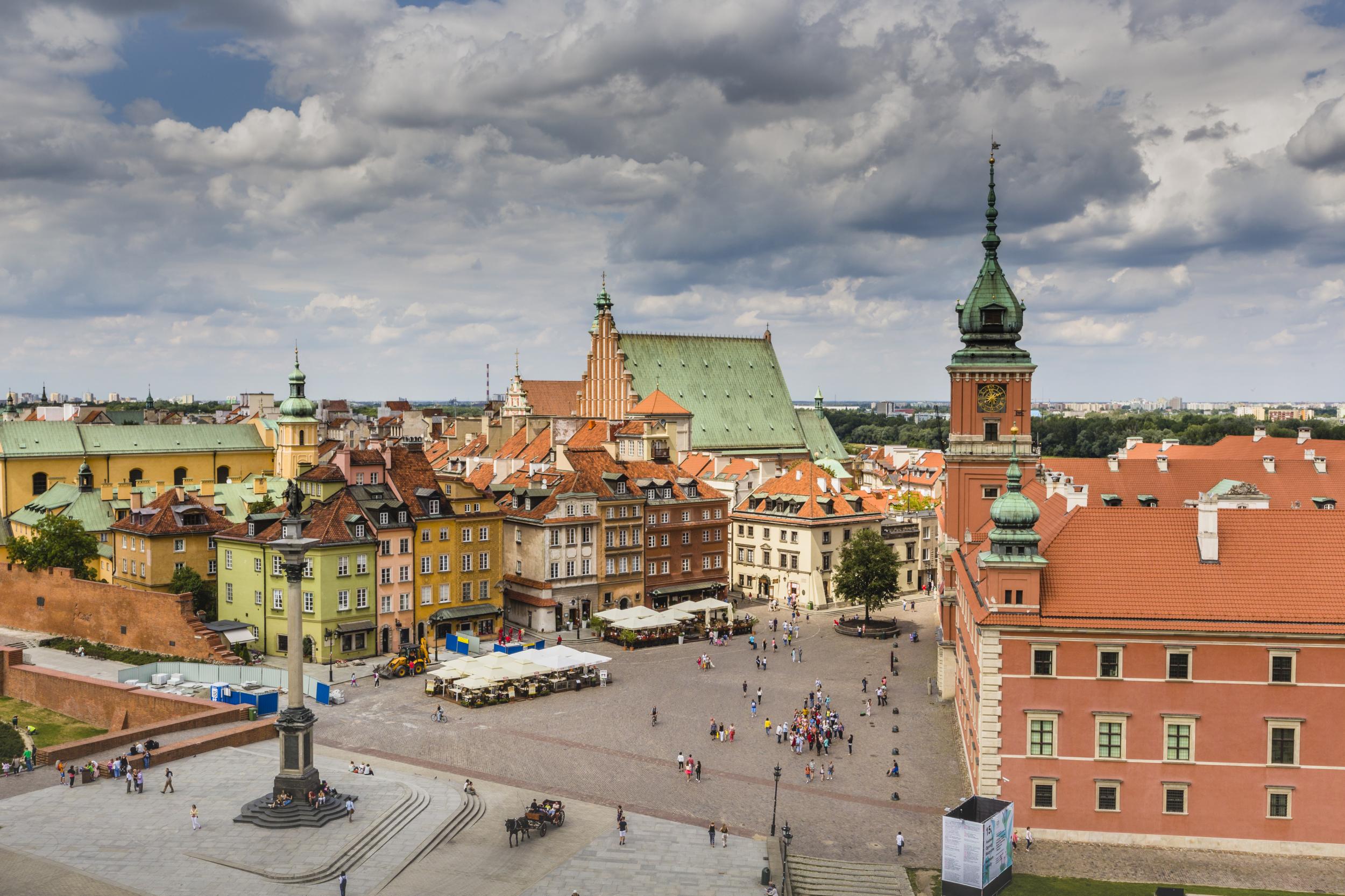
Warsaw’s old town was completely destroyed during Second World War. It was decided that the entire neighbourhood, including its castle, would be rebuilt with the help of old maps. Citizens worked for free, and – somewhat controversially – other cities were ordered to send huge consignments of bricks. At its heart is Castle Square, which is dominated by Sigismund’s Column and topped with a statue of the former king. Only the statue is original – during the war, the column was knocked down, but the statue survived. The original column can be found on its side, broken in two, and repurposed as a bench, metres from the replica.
Where to stay
The Raffles Europejski Warsaw opens this summer. Its home will be a heavily restored neo-renaissance palace built by Enrico Marconi in 1857. The hotel can be found in Piłsudski Square, which is also where you’ll find the Sofitel Warsaw Victoria, a low, flat building with typically communist-style architecture; doubles from €120 (£106), room-only.
The 523-room Warsaw Marriott, a sleek, black glass pillar rising above the train station, is Warsaw’s first five-star hotel and its first skyscraper. Rooms occupy only the upper floors, so you’re guaranteed a fantastic view. Doubles from €99, room only.
Where to eat
Breakfast
Fill up at Warszawa Wschodnia at Soho Factory, an arts district-like complex in Praga. The restaurant, which is open 24-hours a day, seven days a week, was founded by chef Mateusz Gessler, and is a tribute to his love of both French and Polish cuisine.
Lunch
Dom Wódki near Piłsudski Square is a restaurant where local specialities are paired with Poland’s finest vodkas. But you don’t have to imbibe to enjoy the delicious food. Popular dishes include pearl barley served with wild mushrooms (the Poles are fanatical about their fungi) and beef tartare. Open daily, 12pm-12am.
Dinner
Head to Platter by Karol Okrasa at the Intercontinental Warsaw for some Polish fine-dining. The eight-course tasting menu 330zł (£67) includes sour cabbage soup and lamb saddle with wild garlic. Open daily for dinner from 4.30-11pm.
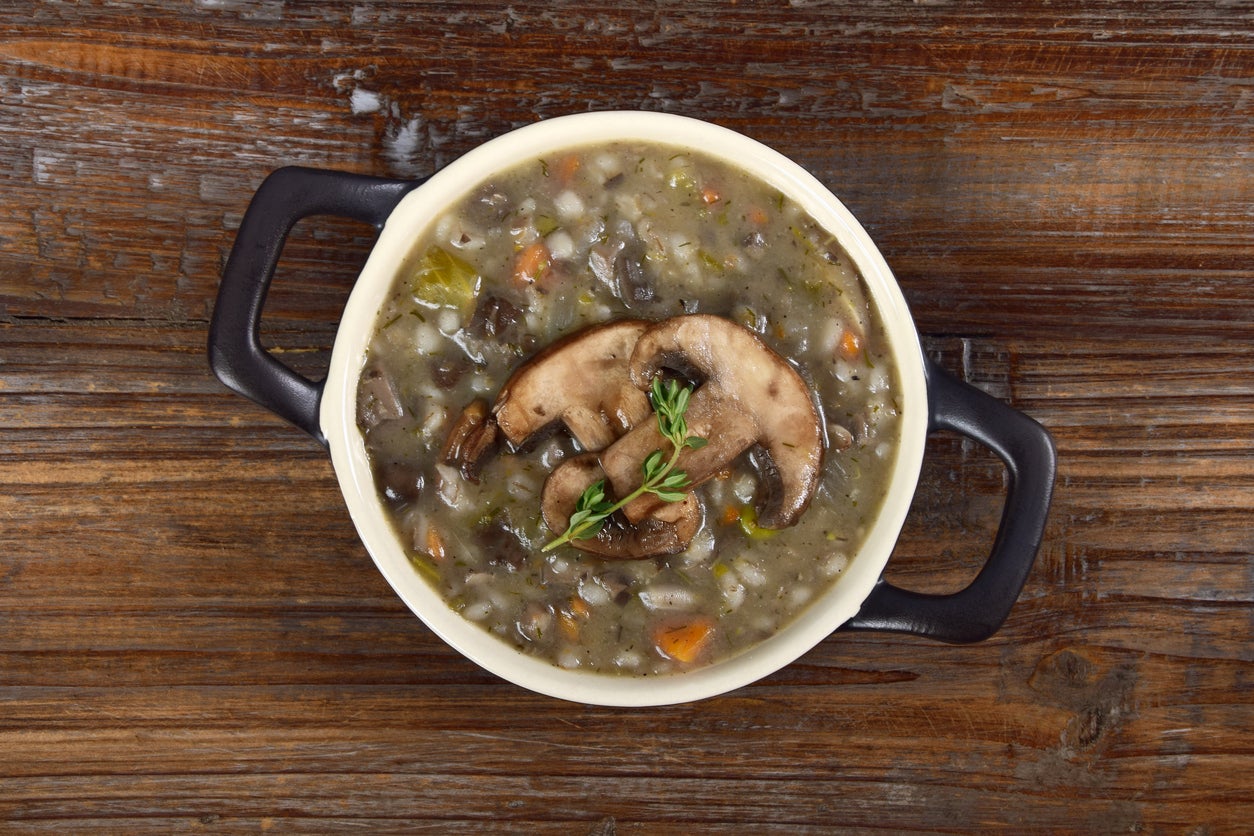
Snack
Curb hunger cravings with a visit to one of Warsaw’s few remaining milk bars – so-called because these small restaurants, which resemble a grandmother’s front room, are famous for serving dishes made with simple, cheap ingredients that were easy to obtain, even during times of rationing. One of the oldest ones is the old town’s Bar Mleczny Pod Barbakanem (Mostowa 27, 00-260).
Where to drink
Warsaw’s cool crowd have been flocking to the Hala Koszyki food hall since it opened in 2016. Sip huge steins of local beer at the Bierhalle, a square-shaped bar in the centre of this restored market hall, or for something stronger, opt for a cocktail at the Centralny Koszyki Bar. Opening hours vary.
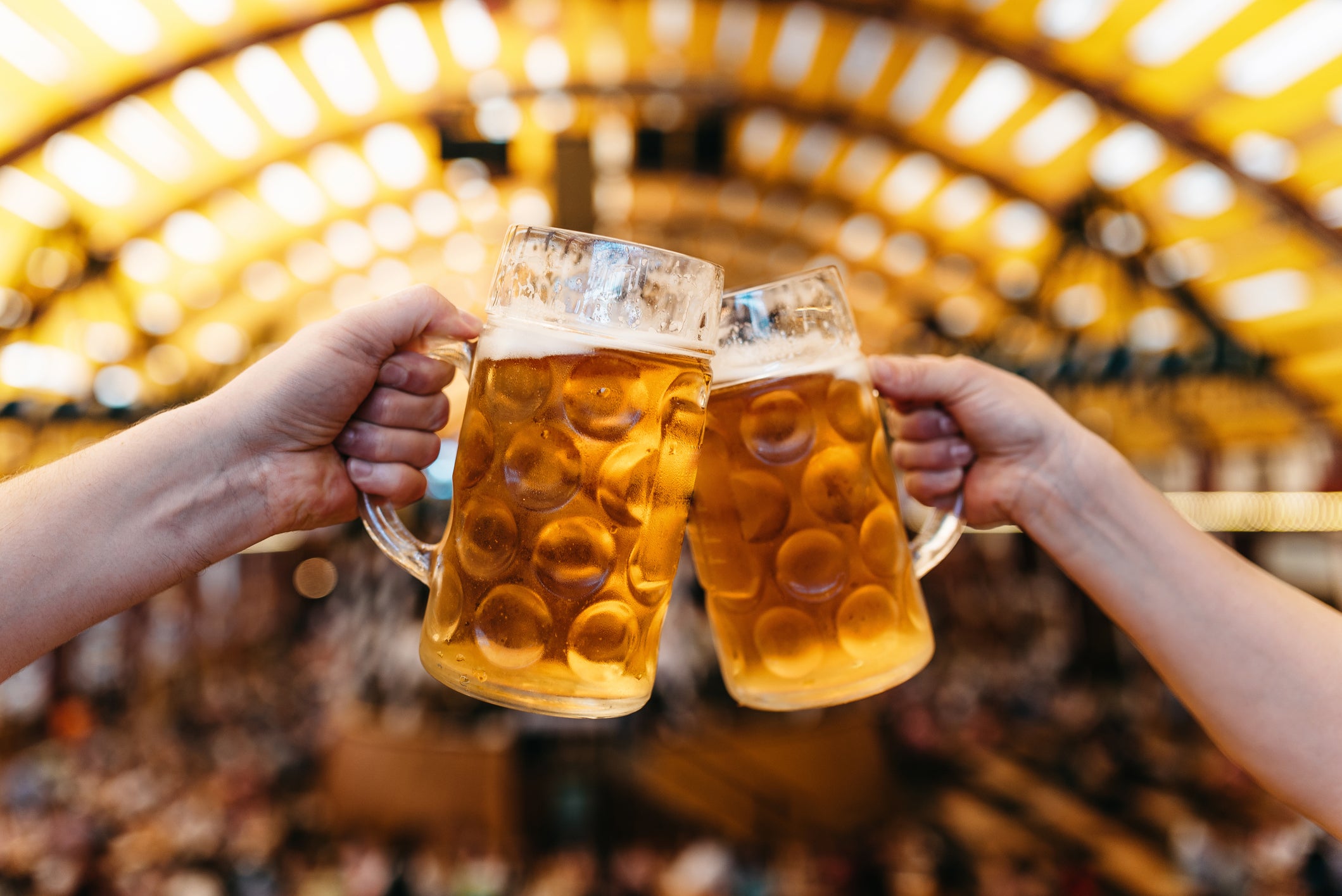
Head to the Panorama Sky Bar on the 40th floor of the Marriott Warsaw for some seriously creative cocktails. The daisy-topped Kicker, made with black vodka, Polish mead and raspberry liquor, is a highlight. Open daily, 6pm-2am.
Where to shop
Mokotowska Street has some of Warsaw’s best independent boutiques. Arkadia, to the north of the old town, is Poland’s biggest shopping centre, and home to a cinema and medical centre, should the temptation to shop until you drop prove too much. For souvenirs, head to the old town where you can find plenty of tat along with some real gems. PolArt is a family-run boutique specialising in traditional handicrafts.
Architectural highlight
The Palace of Culture and Science is Poland’s tallest building. Built by 3,500 Soviet workmen (a “gift” from Stalin), the tower is adorned with sculptures depicting key figures from Poland’s past, including the astronomer Nicolaus Copernicus.
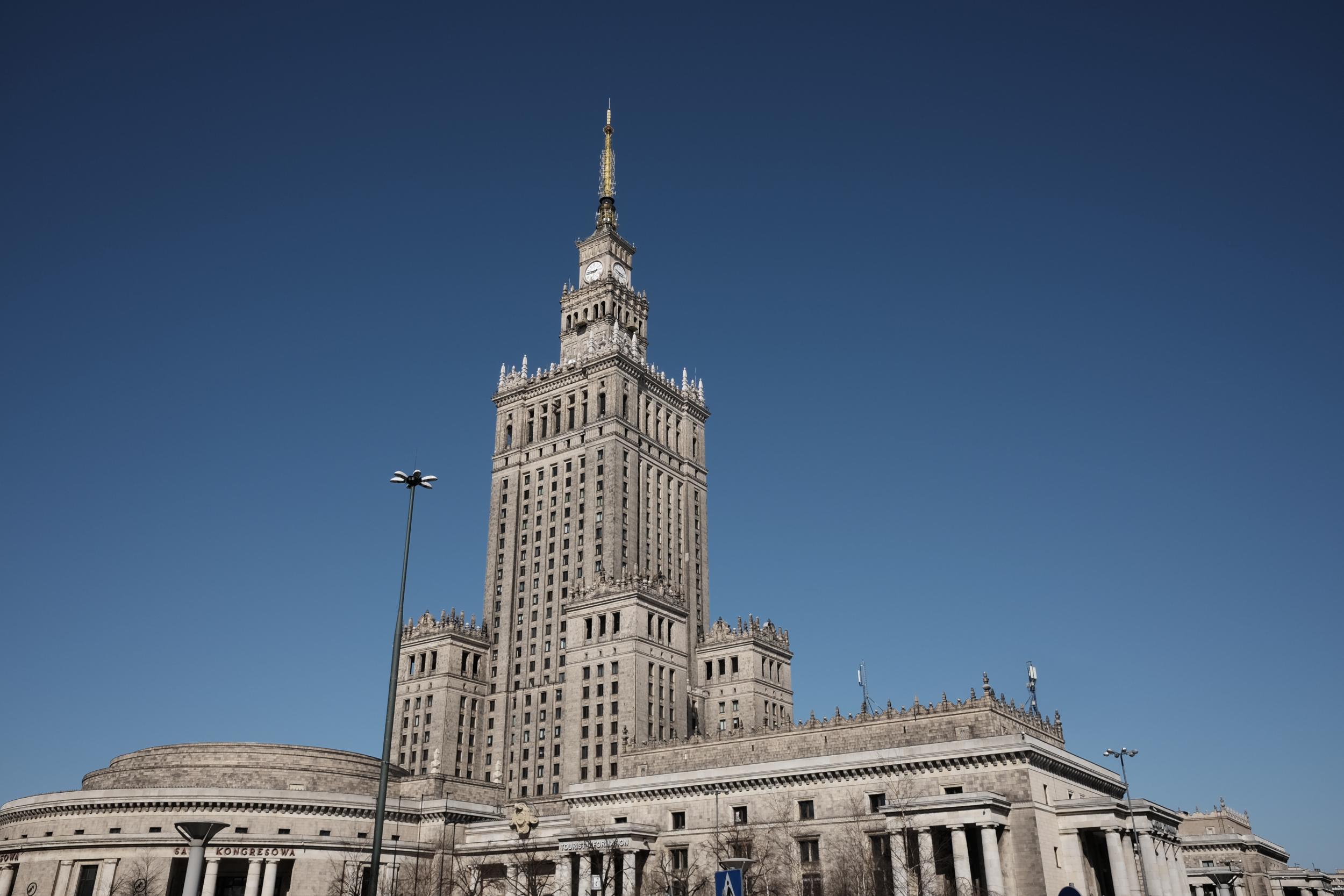
Nuts and bolts
What currency do I need?
Polish zloty.
What language do they speak?
Polish (but English is widely spoken).
Should I tip?
Yes – around 10 per cent or 15 per cent for excellent service.
What’s the time difference?
Warsaw is one hour ahead of the UK and flight times average two hours and 15 minutes.
Public transport
Warsaw’s trams cover a much wider area than the limited metro network. The Veturilo bike share scheme is the cheapest and easiest way to navigate the city.
Best view
The viewpoint on the 30th floor of the Palace of Culture and Science.
Insider tip
Pick up a Warsaw Pass for free entry to Warsaw’s most popular attractions.
Join our commenting forum
Join thought-provoking conversations, follow other Independent readers and see their replies
0Comments